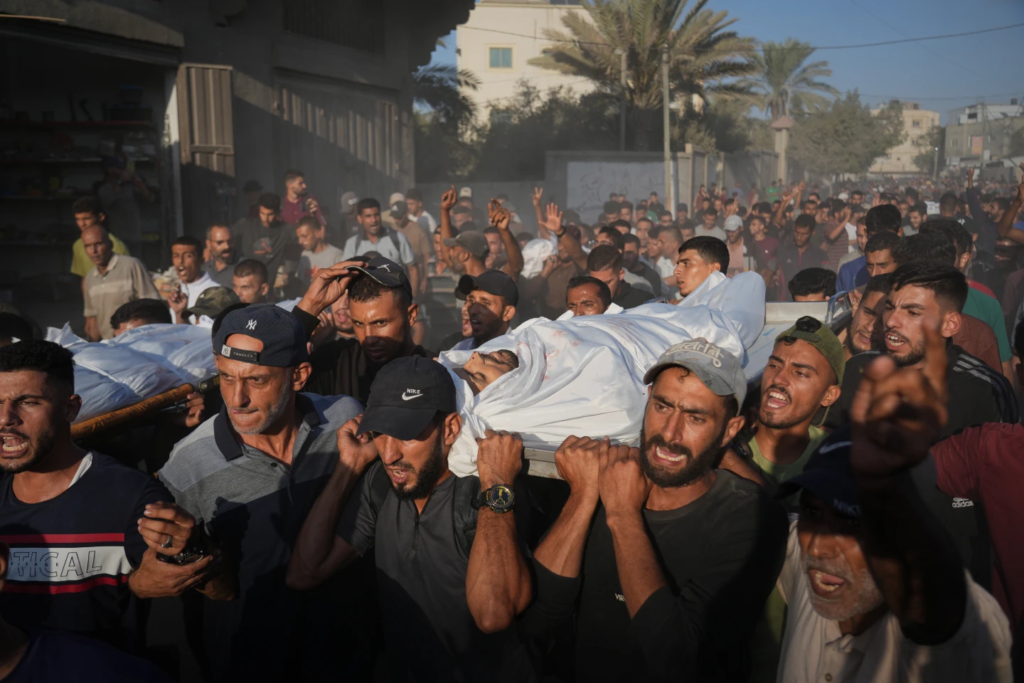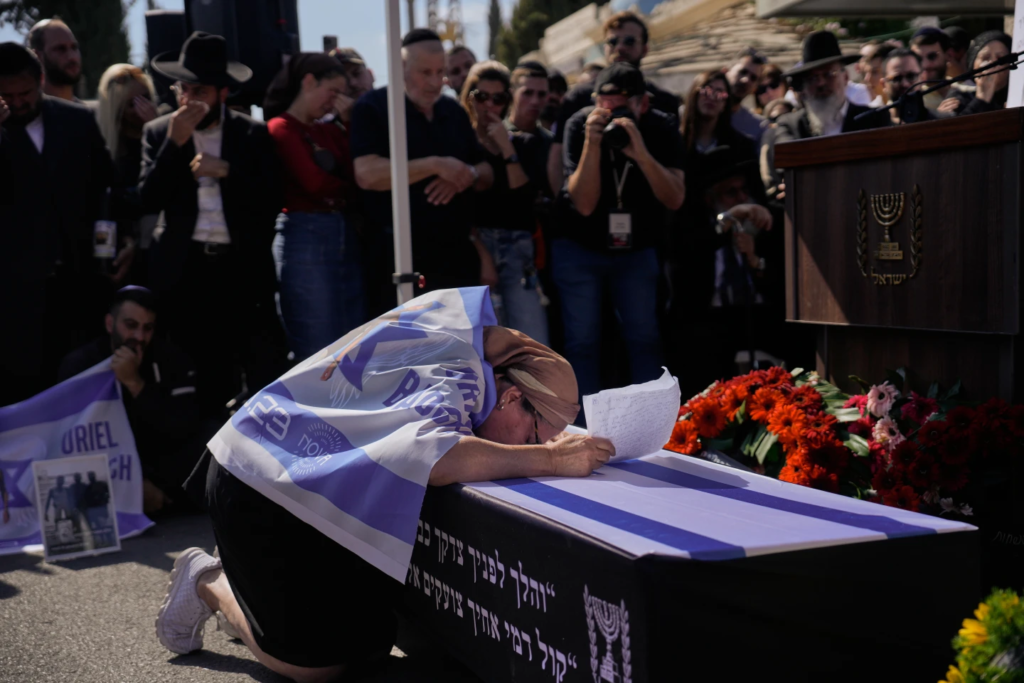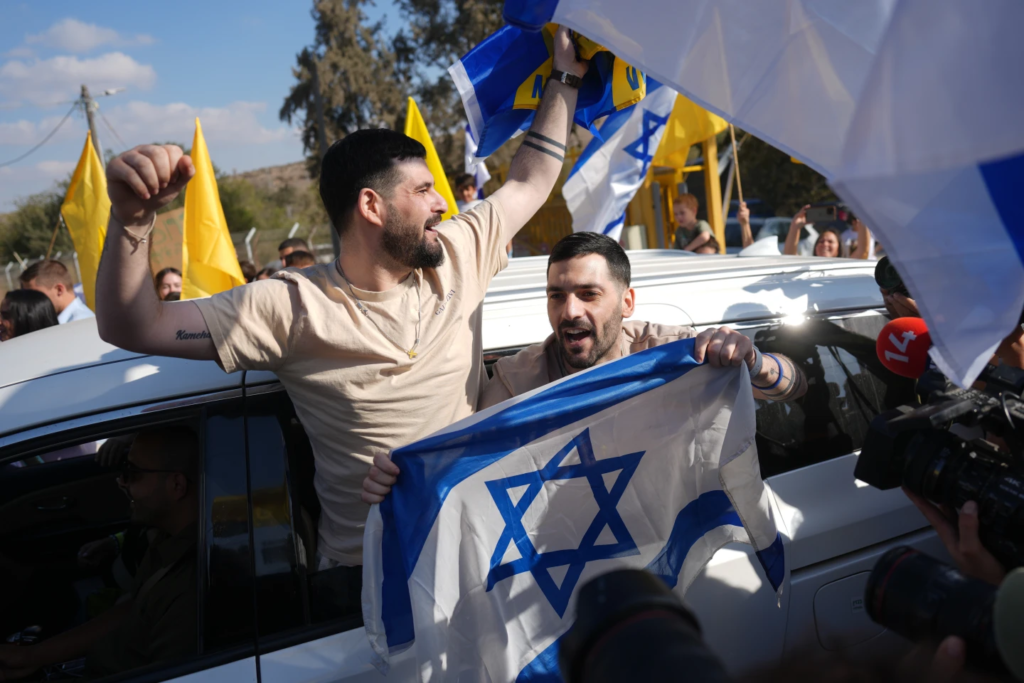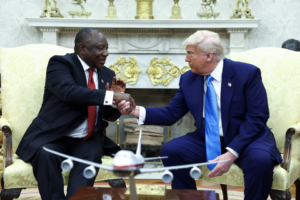Israel carried out a series of air raids in the southern Gaza Strip on Sunday, marking the first stern test of the fragile U.S.-brokered ceasefire designed to put an end to more than two years of devastating war. At least nine Palestinians died and others were injured in the latest escalation, Palestinian health officials said.
Israeli soldiers reported being fired upon by Hamas militants in the city of Rafah — now partially under Israeli control within ceasefire lines. The military responded with “targeted attacks” on sites they determined were the origin of fire, employing artillery and air power. No Israelis were reported hurt.
Prime Minister Benjamin Netanyahu instructed the Israel Defense Forces (IDF) to move against truce-breaking in “strong action” but did not declare a full return to war. “Israel is determined to defend its forces and its people,” Netanyahu’s office said in a few words.
Ceasefire Stressed as Mediation Efforts Ramp Up
Egyptian diplomats involved in ceasefire negotiations have established that there were “round-the-clock communications” to prevent the violence from escalating. “We are working around the clock to ensure both sides honor the truce,” one top Egyptian diplomat said on condition of anonymity due to the sensitivity of the negotiations.
Hamas disclaimed responsibility for the Rafah attacks, claiming to have lost contact with its remaining fighters in the area for several months. “We are not responsible for incidents in those areas,” the group said, accusing Israel of “multiple violations of the ceasefire.”.
Meanwhile, talks on the second phase of the truce agreement — disarming Hamas, Israel’s withdrawal from additional Gaza territories in phases, and setting up a new post-conflict governance system — have seemingly begun.
Airstrikes Kill Dozens, Wound Many

Gaza’s Health Ministry said an Israeli missile struck a temporary coffeehouse in the seacoast town of Zawaida, killing six and injuring others. A second strike on the Al-Ahly soccer club close to the Nuseirat refugee camp killed at least two and wounded eight. The third struck a tent in Khan Younis’ Muwasi district, leaving one dead, according to Nasser Hospital.
An Israeli military spokesman confirmed “three security incidents” — one in southern Gaza and two in the northern Gaza — but said the situation was fluid.
Affecting the somber mood, on Sunday Israel confirmed that it had found two hostages’ bodies — Ronen Engel, a father who was from Kibbutz Nir Oz, and Sonthaya Oakkharasri, a Thai farmhand from Kibbutz Be’eri. They were believed to have been killed in the October 7, 2023, Hamas raid that ignited the war.

Hamas has repatriated 12 bodies of hostages to Israel over the last seven days. The Qassam Brigades, the military wing of the group, said it discovered another body and would hand it over “if situation in the field permits.” It warned that ongoing Israeli attacks would further hamper recovery efforts.
Israel has demanded that Hamas surrender the corpses of all 28 slain hostages as part of the terms of the ceasefire agreement. As a protest measure, Israeli officials have abandoned the Rafah border crossing — Gaza’s only link to Egypt — and left it closed “until further notice.”
Hamas is adamant that ongoing Israeli military occupation and widespread devastation have been hindering recovery and identification efforts.
Return of Bodies and Escalating Humanitarian Crisis

Israel has released 150 Palestinian bodies, 15 of which were released on Sunday, but have not identified them or indicated how they died. Gaza’s Health Ministry has been posting pictures of the bodies on social media to help families identify missing relatives. So far, 25 bodies have been recognized, as they were severely decomposed and suffered blast injuries.
Return of remains and escalation of humanitarian aid are two most critical aspects of the first phase of ceasefire. Humanitarian agencies report that Gaza is still on the brink of total breakdown, with food shortages, water contamination, and health facilities reduced to rubble after years of bombardment.
Second Phase of Ceasefire and Gaza’s Future
Hamas spokesman Hazem Kassem confirmed talks for the second stage of the truce were under way but on the basis of “national consensus” between Palestinian forces. He reaffirmed Hamas would not be part of any postwar government, demanding instead a technocratic Palestinian government supported by international friends.
The American-supported initiative envisions the establishment of an internationally supervised civilian administration to rule Gaza — a move that Washington hopes would stabilize the region and prevent further hostilities.
“For the moment, the government institutions in Gaza are still operating at minimal capacity,” Kassem said. “Vacuum is dangerous, and the maintenance of basic services is a must.”
Rafah Crossing and Civilian Impact
The Rafah border crossing, once Gaza’s sole Israeli-free gateway, has been sealed since Israeli troops seized it in May 2024. In a Sunday statement, the Palestinian Authority Interior Ministry in Ramallah rolled out a new protocol for citizens who wish to cross via Rafah. Exits demand temporary documents obtained from embassy staff in Cairo, and those wishing to arrive must apply through the Palestinian Embassy.
The continued closure stranded tens of thousands of Palestinians — some seeking vital medical care or reunification with family members in Egypt. Humanitarian groups warn that if the crossing is not opened, Gaza’s reconstruction effort will come to a standstill altogether.
War Toll and Lingering Devastation
More than 68,000 Palestinians have died since the war broke out, the Gaza Health Ministry reported. While its tally of both civilians and fighters, however, its number is used by independent observers like U.N. agencies as a generally reliable figure even if Israelis have questioned it. Thousands remain missing and presumed buried under rubble or trapped in inaccessible spots.
The conflict erupted after Hamas-led fighters killed about 1,200 people — mostly civilians — and kidnapped 251 hostages in the October 7, 2023, attack on southern Israel. The ensuing Israeli military campaign reduced much of Gaza to rubble, forcing millions from their homes and creating one of the world’s worst human crises.
With continued mediation, the ceasefire — once hailed as a victory — now hangs in the balance. For both sides’ civilians, dreams of lasting peace are still being overshadowed by loss, destruction, and the haunting question of what post-war Gaza will look like.




